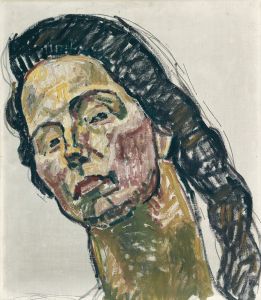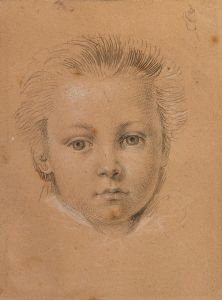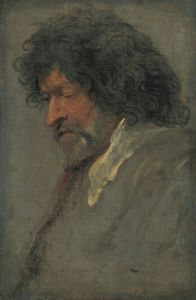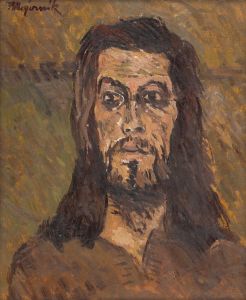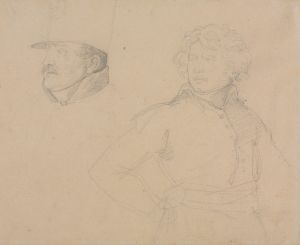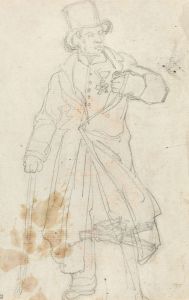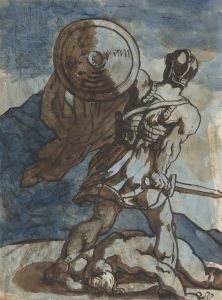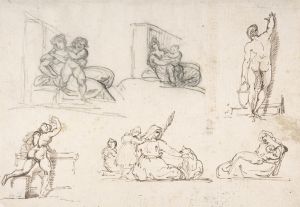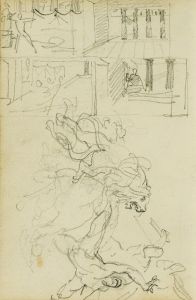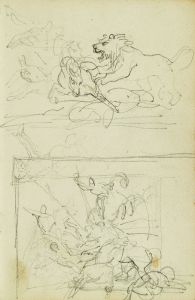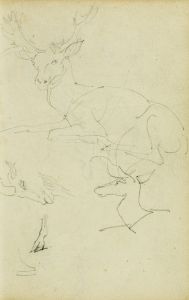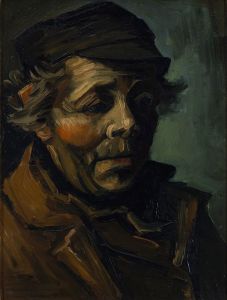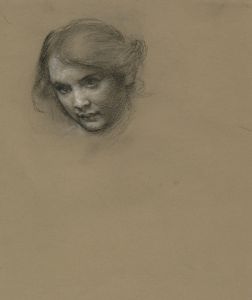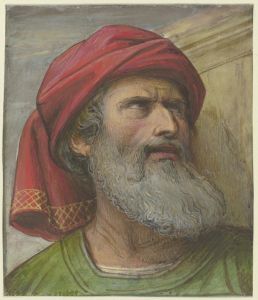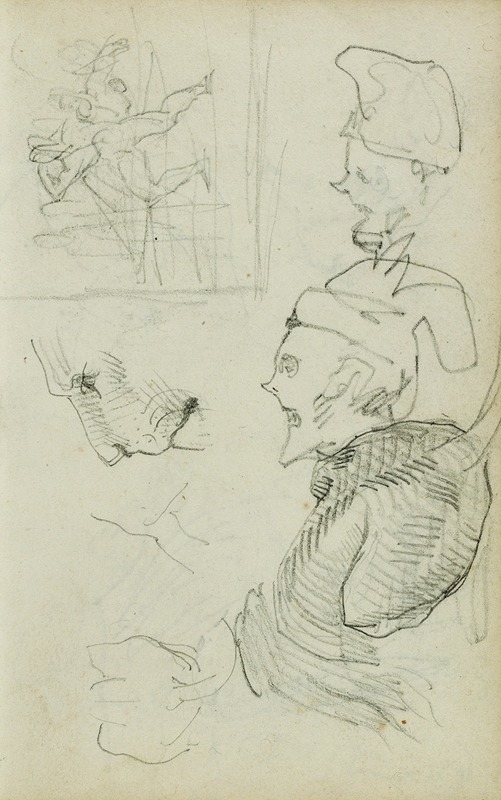
Studies of lion, compositional group figure study, two caricature head studies
A hand-painted replica of Théodore Géricault’s masterpiece Studies of lion, compositional group figure study, two caricature head studies, meticulously crafted by professional artists to capture the true essence of the original. Each piece is created with museum-quality canvas and rare mineral pigments, carefully painted by experienced artists with delicate brushstrokes and rich, layered colors to perfectly recreate the texture of the original artwork. Unlike machine-printed reproductions, this hand-painted version brings the painting to life, infused with the artist’s emotions and skill in every stroke. Whether for personal collection or home decoration, it instantly elevates the artistic atmosphere of any space.
Théodore Géricault, a prominent French Romantic artist, is well-known for his dynamic compositions and intense studies of human and animal forms. One of his intriguing works, "Studies of Lion, Compositional Group Figure Study, Two Caricature Head Studies," showcases his diverse interests and skills in capturing both the majesty of the animal kingdom and the complexity of human expressions.
This particular piece is a testament to Géricault's dedication to studying and understanding his subjects in depth. The artwork is a composite of various studies, each serving a distinct purpose in Géricault's exploration of form and expression. The lion study reflects Géricault's fascination with the power and grace of animals, a common theme in his oeuvre. Lions, often symbolizing strength and nobility, were a subject that allowed Géricault to experiment with dynamic poses and muscular anatomy, capturing the essence of the creature with precision and vigor.
In addition to the lion study, the artwork includes a compositional group figure study. This element of the piece likely served as a preparatory exercise for larger compositions, allowing Géricault to experiment with the arrangement of figures and the interaction between them. Such studies were crucial for Géricault, who was known for his large-scale works that often depicted dramatic scenes with multiple figures, such as his masterpiece "The Raft of the Medusa."
The inclusion of two caricature head studies adds another layer of interest to the artwork. Caricature was a popular form of artistic expression during Géricault's time, used to exaggerate and emphasize certain features for comic or critical effect. These studies demonstrate Géricault's ability to capture the nuances of human expression, highlighting his keen observational skills and his interest in the diversity of human physiognomy. The caricature heads may have served as a form of artistic exploration, allowing Géricault to play with exaggeration and distortion while maintaining a sense of character and emotion.
Géricault's approach to art was heavily influenced by his desire to depict reality with emotional intensity and dramatic flair. His studies often served as a foundation for his larger works, where he combined meticulous observation with imaginative composition. This particular piece, with its varied studies, reflects his commitment to understanding and portraying the world around him with both accuracy and artistic expression.
Overall, "Studies of Lion, Compositional Group Figure Study, Two Caricature Head Studies" is a fascinating glimpse into Géricault's artistic process. It highlights his versatility as an artist, capable of capturing the grandeur of the animal kingdom, the complexity of human interactions, and the humor found in caricature. Through these studies, Géricault not only honed his technical skills but also explored the emotional and expressive potential of his subjects, contributing to his legacy as a master of the Romantic movement.





